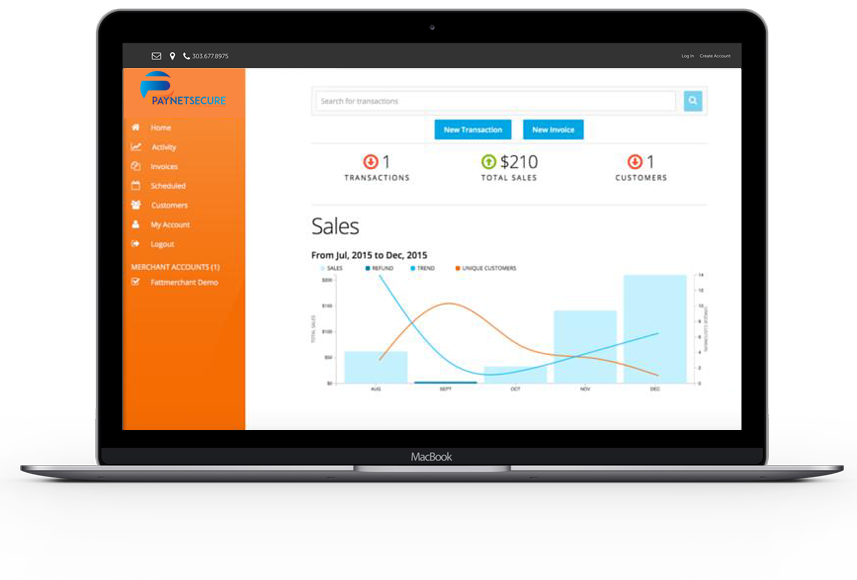Ecommerce is a bright spot among the recent dreary US economic news. The number of online transactions increased by 11% in 2009. Ecommerce now accounts for 5.5% of total US retail sales.
According to Javelin
- Ecommerce sales in the US were $205 billion in 2009, compared to $185 billion in 2008.
- Although ecommerce increased in 2009, total retail purchases declined.
- Credit cards are still driving purchase volumes and per transaction values
- Credit cards use for online purchases declined in 2009, with many people using debit cards instead.
- Debit card usage continues to grow as people keep tighter reins on spending.
- Prepaid cards, gift cards and alternative payments will have the largest increase in compound growth in the next few years.
- Security is still of paramount importance to consumers when making online purchases.
Interested in secure ecommerce payment processing?
Contact info@paynetsecure.net today

